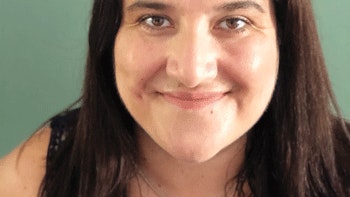Homepage
•
Learning Library
•
Blog
•
Here’s what a full-featured education program can look like
Expand breadcrumbs
Expand breadcrumbs
- Learning Library
- Blog
- Here’s what a full-featured education program can look like
- Homepage
- •
- Learning Library
- •
- Blog
- •
- Here’s what a full-featured education program can look like
Here’s what a full-featured education program can look like
By Mariana Montaldo
March 28, 2020








